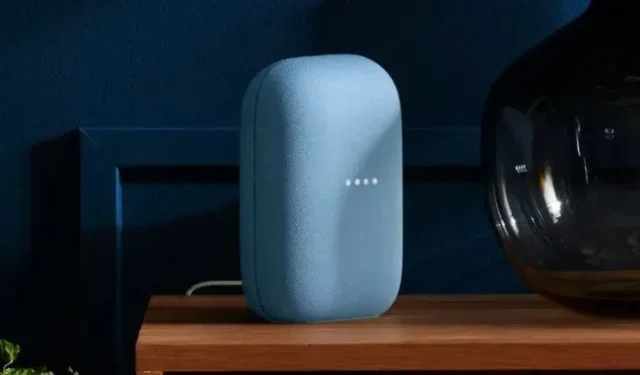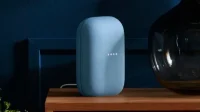Following an August preliminary ruling, the US International Trade Commission issued a final ruling stating that Google has infringed on five Sonos smart speaker patents. The decision could result in US bans on some products such as the Nest Audio line, Chromecast and Pixel, but Google has prepared ITC-approved software downgrades that remove infringing features from users’ products.
Sonos essentially invented the category of connected speakers for music streaming, but the advent of voice assistants has seen Big Tech step into all Sonos territory. Sonos says that by offering Google to support Google Play Music, Google looked behind the scenes of Sonos operations in 2013. Sonos says Google used this access to “explicitly and knowingly”copy Sonos features for Google. Home speaker released in 2016. Sonos sued Google in early 2020.
Eddie Lazarus, chief legal officer for Sonos, told The New York Times: “We appreciate that ITC has conclusively confirmed the five Sonos patents in question in this case and has unequivocally ruled that Google is infringing on all five. This is an all-round victory that is exceedingly rare in patent cases.”
All Sonos patents pertain to setting up and managing groups of speakers. It’s probably best to just see what changes, as Google’s response to the situation has been to release a software update that removes or circumvents infringing patents. In a Google Nest community post titled “Upcoming Speaker Group Changes, “a Google spokesperson tells customers:
Due to a recent court ruling, we are making some changes to how you set up your devices and [how] Speaker Group functionality will work in the future. If you’re using the Speaker Group feature to control volume in the Google Home app, by voice with Google Assistant, or directly on the Nest Hub display, you’ll notice a few changes:
- To adjust the volume in speaker groups, you will need to adjust each speaker individually rather than using the group volume control. You will also no longer be able to change the speaker group volume using the physical volume button on your phone.
- Most speaker groups should continue to function properly unless you have a speaker group that contains third-party Cast-based devices such as JBL or Lenovo. They must be on version 1.52.272222 or later of the Cast firmware. Read this article on how to find out the firmware version of your device, or contact the device manufacturer.
- A small group of users will need to use the Device Utility (DUA) application to complete product installation and updates. You may be prompted to download and run DUA, which ensures that your device is connected to Wi-Fi and receives the latest software.
We will continue to support our users and work to minimize any additional changes.
Changing the volume is the biggest annoyance on this list. Previously, it was possible to control each playing speaker with a single slider and change the volume of a group speaker by voice; now it looks like only individual controls will be available. Google is also removing the ability to control the volume of speaker groups using your phone’s physical volume buttons, a feature that was dropped at the beginning of the Android 12 update. It also appears that it is no longer possible to set the volume of a group of speakers using the smart home procedure.
The comments on the Google post are worth reading as they are filled with angry customers demanding refunds and threatening lawsuits. One user nicely sums up the customer reaction by saying, “So Sonos is suing you and we’re paying the price? Either hire the best lawyers and win the lawsuit, or pay Sonos a fee, or start refunding customers.”
Despite Sonos’ victory, the company didn’t achieve the desired result. Sonos wants Google to pay royalties on its patents, rather than pull the rug out from under consumers’ feet by removing features from already purchased products. It looks like until that happens, Sonos will continue to put pressure on Google. Sonos’ winning statement ends with the words:
There is a possibility that Google may be able to degrade or eliminate product features in a way that circumvents ITC’s import ban. But while Google may sacrifice the consumer experience in an attempt to circumvent this import ban, its products will still infringe many dozens of Sonos patents, its infringements will persist, and the damages owed to Sonos will pile up. Alternatively, Google could—as other companies have already done—pay a fair fee for misappropriated technology.


